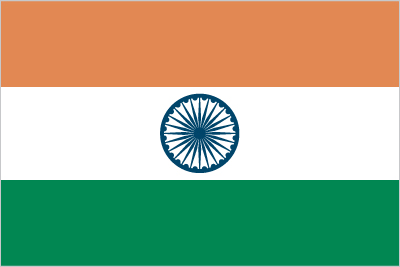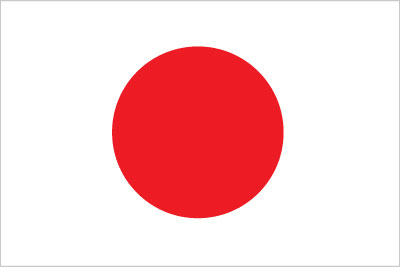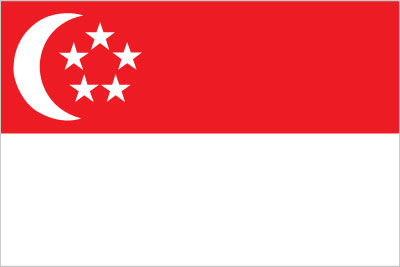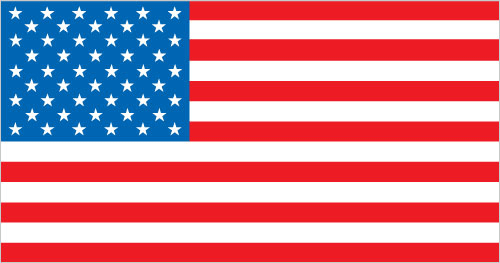- Trade disruption insurance (TDI) is a versatile and increasingly vital product for commodity traders.
- It offers protection against force majeure, political risks, port closures, and other non-damage disruptions that standard credit insurance does not cover.
- TDI complements credit non-payment insurance by addressing risks to trade margins where counterparties perform but unforeseen events still impair profitability.
The insurance industry has an unearned reputation for lacking innovation. On the contrary, insurers and brokers do have the capacity to develop innovative products. This is particularly true where emerging insurance requirements are well served by existing analytical underwriting models.
Such is the case with trade disruption insurance (TDI), a Swiss Army Knife insurance product first written for the London market in the 1990s, which is now rapidly gaining currency as global trade finance flows come under increased creditor scrutiny. TDI covers importers and exporters from losses stemming from force majeure events, political risks, port blockage, and a host of other perils specific to international physical trade transactions. While these coverages exist on a standalone basis, they can be sculpted on one insurance policy to reduce gaps in separate policies and comprehensively address risks germane to commodity traders.
Physical commodity traders and trade risk managers are rightly occupied with two core exposures: commodity price risk and counterparty credit risk. Price risk is typically addressed through hedging strategies and firm contract structures. Counterparty credit risk is managed through credit analysis and credit risk transfer insurance products, such as credit non-payment and non-delivery insurance. However, traders require an increasing supply of low-cost capital, particularly as banks and credit funds adopt more stringent underwriting processes that extend beyond commodity price risk and counterparty credit risk. In this context, a proactive supply chain interruption program lands well with creditors.
Commodity traders and their lenders are routinely exposed to contingent outcomes where cargo in transit is not physically damaged, the transaction counterparties are solvent and performing, but trade margins are still impaired by force majeure events. In short, where a significant amount of leverage is employed, TDI can close the gaps in risk exposures that are not fully addressed by credit non-payment insurance or creative deal structures.
This is particularly applicable for traders seeking fresh growth capital. Evidence points to strong TDI use cases for traders participating in long-tail structured commodity finance transactions such as pre-export finance and commodity prepayments. In such instances, TDI is structured to compensate for the loss of profit on a trade, including the additional costs and expenses of finding alternate trade routes, sourcing of additional product to meet delivery obligations, and even contractual penalties such as liquidated damages owed to counterparties.
Recent world events remind international traders of such exposures. Events addressable by TDI include the FSK Bridge collapse in Baltimore, the port of Beirut explosion, the Tianjin port explosion, the Ever Given blockage of the Suez Canal, and trade route disruption in the Strait of Hormuz.
While TDI can be purchased for such exposures on a stand-alone basis, it works as a strong complement to credit non-payment insurance. This is particularly apt where counterparty credit risk is challenging and trade route risks are similarly daunting. TDI sits alongside credit non-payment insurance to offer a full set of commodity trade risk mitigation. Though equity exposure is the key driver of the purchase of TDI, lenders can be named as a loss payee under the coverage. Subsequently, savvy lenders are identifying force majeure exposures ahead of funding and demanding TDI coverage.
Insurance premiums are inevitably a key decision in risk purchasing, so acquiring both credit non-payment insurance and TDI may seem costly. Nevertheless, a crucial and unsung aspect of TDI is that it is a protection for margin on a trade as opposed to the full amount of the value of goods. It is a protection of profits. So, the insurance values are relatively contained and therefore the premiums are minimised.
Furthermore, TDI insurance premiums can be managed through policy structuring. For example, the provision of viable alternate routes in case of trade route delays can provide comfort to insurers and assist in procurement of lower premiums.
—
Insurers and brokers need to innovate and develop new products, but it is incumbent upon insurance buyers to seek out and diligence these products. Vanilla credit non-payment insurance is a regular purchase for trade credit risk managers, but it behoves capital-hungry traders as well as those developing complex commodity financings to seek tailored forms of risk control.
In this context, innovation in physical commodity trading risk management is essential to enhance the resilience of the commodity trading business.





























